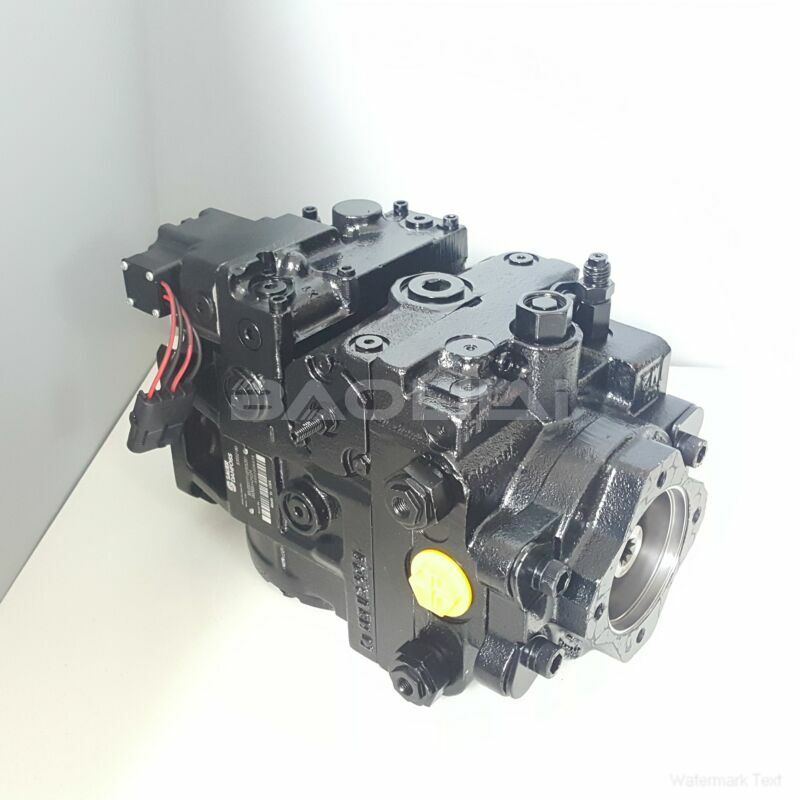90R075DD5CD60S4C7DGBGBA404024 hydraulic oil pump
90R075DD5CD60S4C7DGBGBA404024 hydraulic oil pump

- Product Details
- Applicable Scene
In the quest for sustainable and energy-efficient building solutions, hydraulic pumps have emerged as a vital component in high-efficiency cooling and heating systems. These systems are designed to optimize energy use while providing superior comfort and control, and hydraulic pumps play a key role in their performance.
90-R-075-DD-5-CD-60-S-4-C7-D-GB-GBA-40-40-24
90R075DD5CD60S4C7DGBGBA404024
Hydraulic pumps are responsible for circulating fluids, typically water or thermal fluids, through various components of heating and cooling systems. Their ability to move these fluids efficiently can significantly impact the overall effectiveness of a system, influencing both energy consumption and indoor climate quality.

80001461
One of the main advantages of hydraulic pumps is their ability to provide precise control over fluid flow. This precision is crucial in systems such as variable refrigerant flow (VRF) systems, where adjusting the flow rate can lead to significant energy savings. By modulating the pump’s operation based on real-time demand, building managers can ensure that energy is only used when necessary, and in the exact amounts required.
Moreover, hydraulic pumps contribute to the efficiency of both cooling and heating processes. In cooling systems, they help transport chilled water from cooling towers or chillers to air handling units or fan-coil units. In heating systems, they enable the efficient distribution of hot water or steam from boilers to radiators and underfloor heating systems. The dual functionality provides flexibility in system design and operation, allowing for year-round comfort in buildings.
Another important aspect of hydraulic pumps in temperature regulation systems is their role in reducing noise and vibration. Traditional fans can generate unwanted sound, particularly in residential settings. Hydraulic systems, on the other hand, tend to operate more quietly, creating a more pleasant indoor environment. Noise reduction is increasingly recognized as a vital factor in building design, especially as urban living spaces become more compact.





